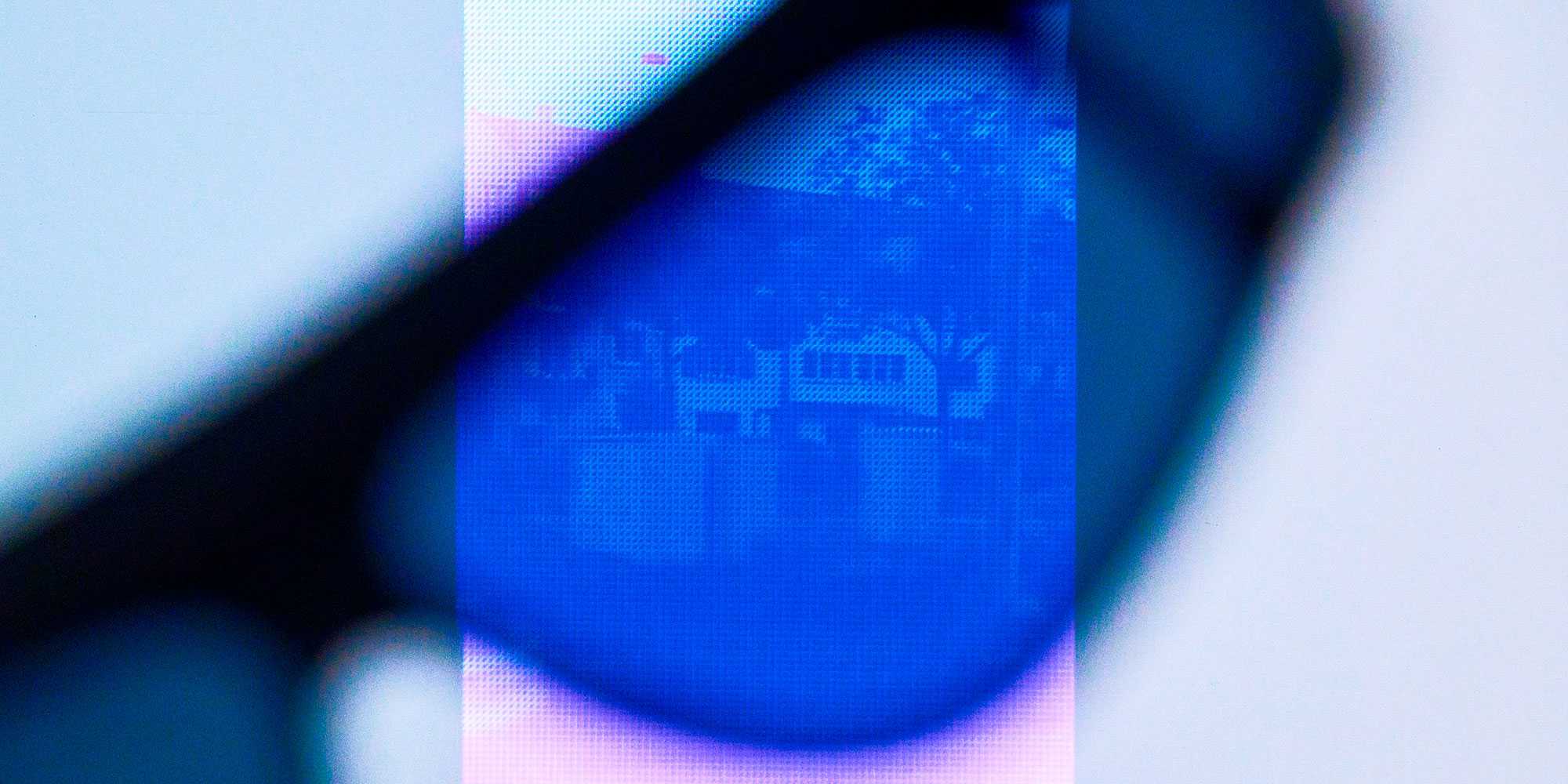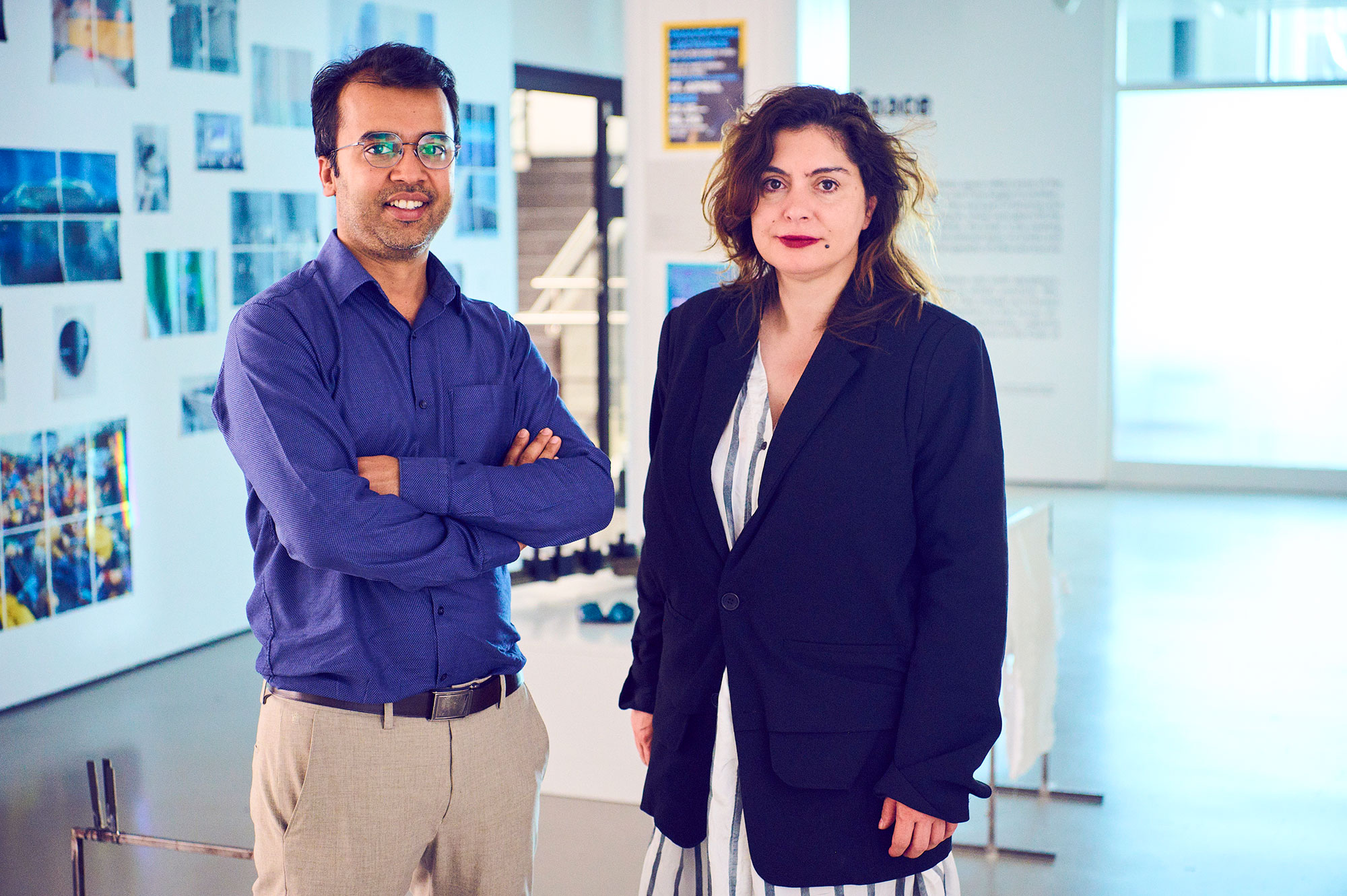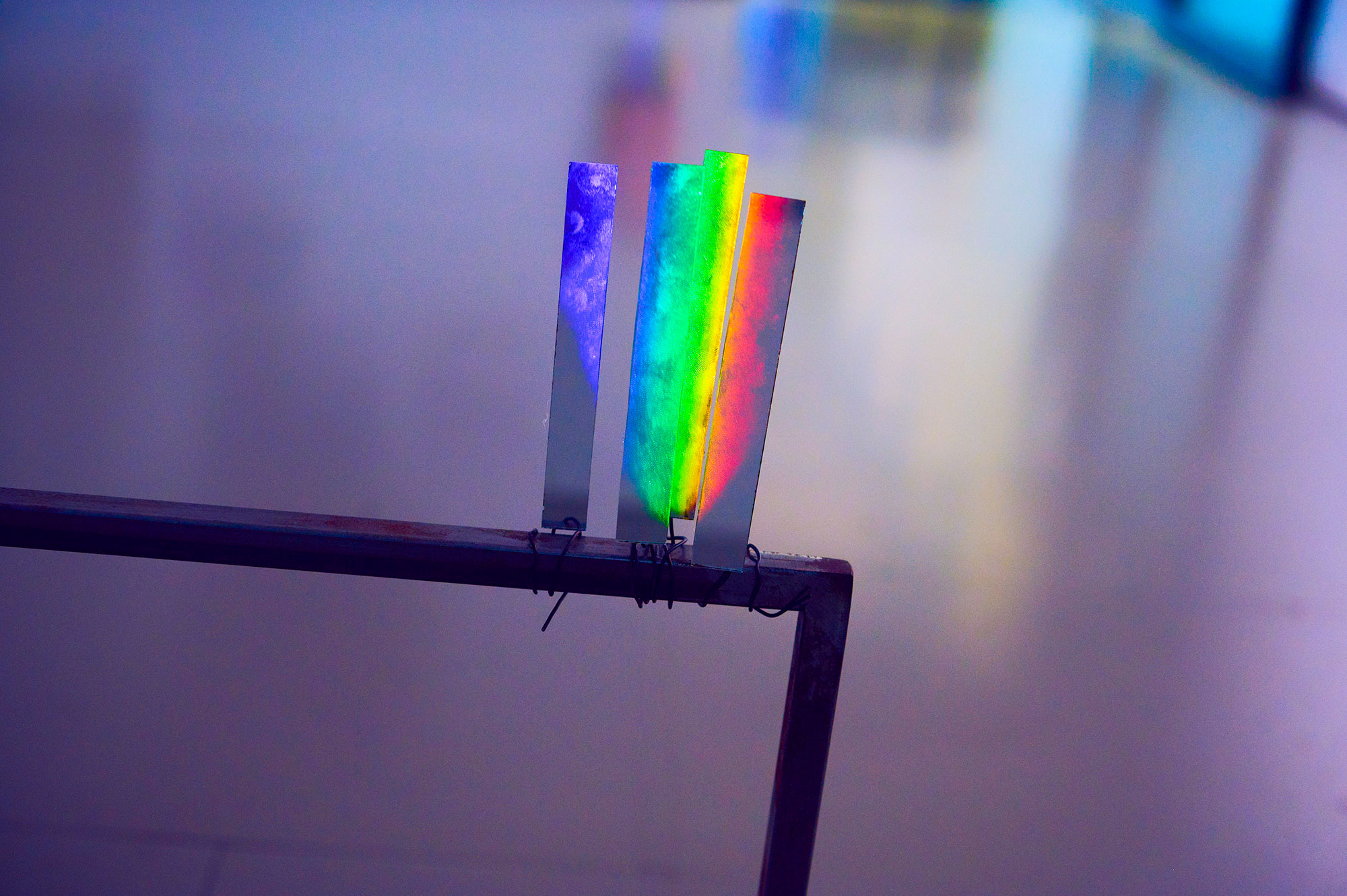The marvels of light
A course offered to D-ARCH and D-PHYS students fosters a space and time for interdisciplinary discourse around electromagnetic radiation.

What is light? This isn't a straightforward question to answer, especially if one looks for clues beyond textbook physics. Light is a fascinating shapeshifter: it's studied and used in cutting-edge research laboratories, it races through internet fibre-optic cables and, when you least expect it, it turns into a fertile art medium for light sculptures and installations.
Light can create new connections between researchers too, as Professors Puneet Anantha Murthy and Rosa Barba found out during an orientation event organised by ETH Zurich for new members of the university. They discovered a shared interest for light: Murthy works on experimental quantum photonics in the Institute for Quantum Electronics, whereas Barba is a filmmaker and artist who has long worked with light. Their initial conversation led to the Understanding Light course, which was offered to architecture and physics students for the first time in the Spring Semester of 2024.

A group reflection
"One of our main objectives with this course is to bring people together," says Murthy, who has no doubt about the added value of creating an opportunity for students to think about light, its meaning and its possibilities. "There's a lot of potential with this course, and I hope that some students will stay on after the course – ideally to create a longer-lived interdisciplinary working group," says Barba.
The Spring Semester 2024 course included lectures on how light was studied and understood throughout history, hands-on physics experiments designed by Dr Marius Simon of the physics department as well as seminars by invited experts. In one such seminar, curator Jonathan Pouthier from the Centre Pompidou in Paris, France brought experimental films from the centre's archive to show how artists have been working with light in film. As the course will be offered every semester, Murthy and Barba plan to alternate between two formats, one much like the one they adopted this spring – with practical activities and end-of-semester projects that saw students build their own light-inspired installations – and one more seminar- and theory-based, possibly with a larger number of external speakers.

An illuminating experience
The Understanding Light exhibition that took place at the end of May 2024 presented eight student projects showing the richness and variety of the course's programme. Infrared photography of plants, a short film that only becomes visible after filtering out the right wavelengths, creative refraction of LED light – each installation interpreted an aspect that left a lasting impression on the course's first students.
Irene Cortinovis, who's completing her PhD in the D-PHYS group of Professor Paolo Crivelli, and physics MSc student Valentin Schmidt built 'Sinestesia' to create surprising connections between light and sound. Their installation converts sound inputs into visual output in the form of coloured traces projected on a white wall; viceversa, the system can also respond to a visitor walking into the installation space by turning their physical, visible presence into audible sounds. Both students are enthusiastic about the course and praised how it helped them gain fresh perspectives on their chosen subject. For example, the way in which Murthy broke down complex concepts in physics was an insightful lesson in science communication. Cortinovis was galvanised by the curiosity of fellow D-ARCH students, who asked many questions and weren't afraid of trying things out on optics experiments. "Architecture students didn't care if something wasn't physical or didn't make sense in strictly physical terms – they experimented much more freely than physics students would, which was great to see," she recalls. For Schmidt it was interesting to find out which physics-related aspects of light proved more challenging to grasp for architecture students. "It was nice to get out of the physics bubble for a bit," he says.
'What is light?' may be a difficult question to answer unambiguously, but the outcome of the first run of the course led by Murthy and Barba reaffirms the value of interdisciplinary discourse and interdepartmental collaboration.
Understanding Light will be offered again as an elective course for physics MSc students and architecture BSc and MSc students in the Autumn Semester 2024.
More information can be found on the course's page.